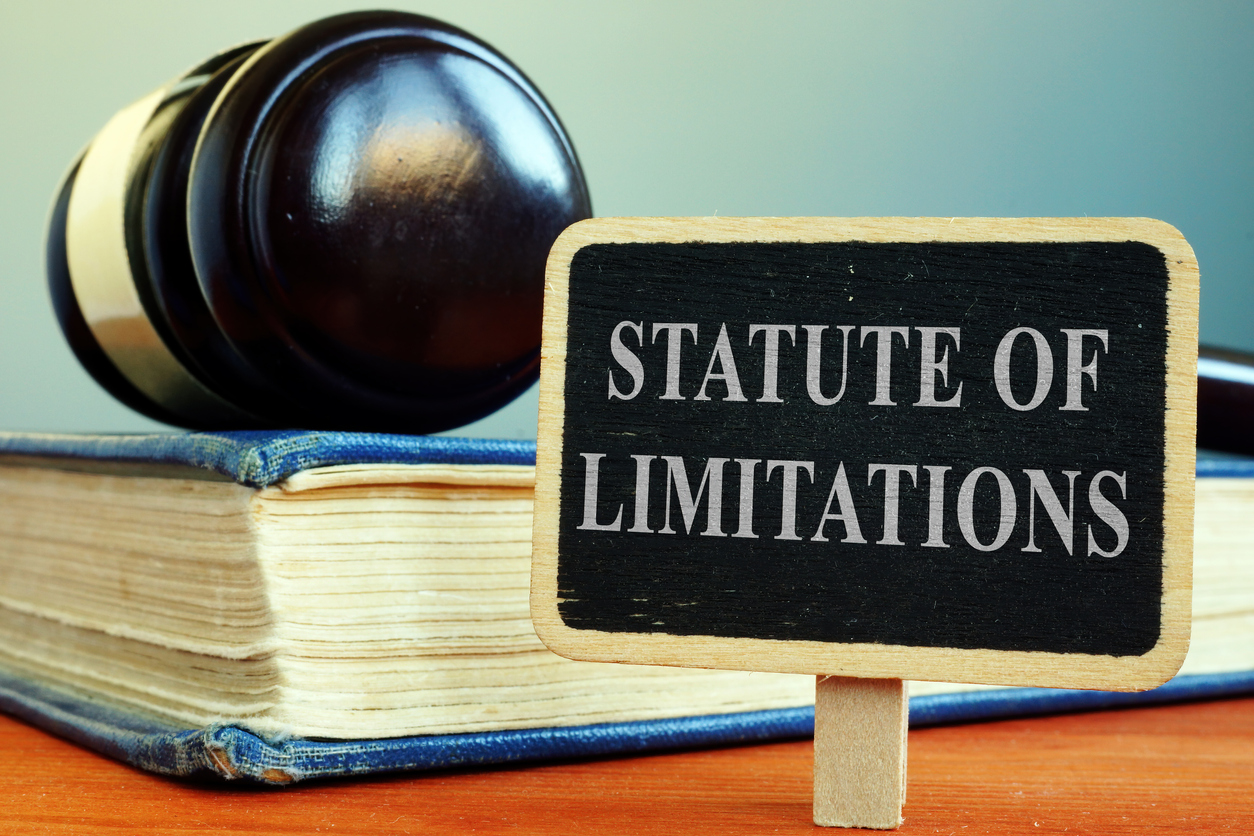We often take the Homeowners All Risks forms for granted. Historically, the “all risk” nature of a homeowners form was not developed until the middle of the 20th Century. A 1959 law review article, All Risks of Loss v. All Loss: An Examination of Broad Form Insurance Coverages, was written by insurance defense attorney, John Gorman. It discussed this new form of coverage which provided insurance for “all risks of physical loss.”
The article quoted another source for the new features of the residential all risk policy:
One authority, pointing out the desirable features of all risks coverage, has summarized the advantages as follows:
(1) the concept of one policy covering all conceivable risks is imbued with simplicity of understanding so that the nature and scope of the Insured Event is readily appreciated by the insuring public;
(2) the policy avoids costly overlapping of coverages and duplication of premiums in the interest of the insured;
(3) the policy provides complete protection by filling in all possible gaps in coverage;
(4) the concept greatly minimizes the adverse selection of the insurer; and
(5) the concept is conducive to economies in the insurance business with respect to management, marketing, servicing, and collecting of premiums, in particular.
The notion that an all-risk homeowners policy provides “complete coverage” is no longer apparent today. In, Insurance Coverage Gaps—An Increasing Insurance Crisis Which Needs To Be Addressed and Stopped, I noted how law professor Jay Feinman has been raising issues about protection gaps which also include significant policy coverage gaps.
Nevertheless, the 1959 law review article listed a specimen homeowners policy. Do these exclusions found in that policy seem easier to read and fewer in number than those in the modern all risk forms?
This policy does not insure against:
Under Coverages A, B and D-
(a) loss to plumbing or heating systems or their appliances, or by leakage or overflow from such systems or appliances, caused by freezing while the described building(s) is vacant or unoccupied, un- less the named Insured shall have exercised due diligence with respect to maintaining heat in the building(s) or unless such systems and appliances had been drained and the water supply shut off during such vacancy or unoccupancy;
(b) loss by earthquake; surface waters, flood waters, waves, tide, tidal wave, high water, overflow of streams or bodies of water, or spray therefrom, all whether driven by wind or not, or whether caused by or attributable to earthquake; unless loss by fire or explosion ensues, and this Company shall then be liable only for such ensuing loss;
(c) loss occasioned by enforcement of any local or state ordinance -or law regulating the construction, repair, or demolition of building(s) or structure(s);
(d) loss to retaining walls not constituting part of a building when such loss is caused by landslide, water pressure, or earth movement;
Under Coverage C-
(e) loss or damage caused by dampness of atmosphere or extremes of temperature unless such loss or damage is directly caused by rain, snow, sleet, hail, bursting of pipes or apparatus; moth, vermin and inherent vice; damage to property (watches, jewelry and furs excepted) occasioned by or actually resulting from any work thereon in the course of any refinishing, renovating or repairing process; the exclusions set forth in this paragraph shall not apply to loss caused by fire, lightning, smoke (except from agricultural smudging or industrial operations), windstorm, hail, explosion, aircraft, riot, civil commotion, collapse of buildings, earthquake, flood, theft, attempted theft, vandalism, malicious mischief, falling objects; landslide, cracking, burning or bulging of hot water heating systems except appliances for heating water for domestic consumption;(f) seizure or destruction under quarantine or customs regulations, confiscation by order of any government or public authority, or risks of contraband or illegal transportation or trade;
Under Coverages A, B, C and D-
(g) loss by termites or other insects; wear and tear; deterioration; smog; smoke from agricultural smudging or industrial operations; rust; wet or dry rot; mold; mechanical breakdown; settling, cracking, shrinkage, or expansion of pavements, foundations, walls, floors, or ceilings; unless loss by fire, smoke (other. than smoke from agricultural smudging or industrial operations), explosion, landslide, collapse of buildings, water damage, or glass breakage ensues, and this Company shall then be liable only for such ensuing loss;
(h) loss by theft in or to a dwelling in the course of construction or of lumber and materials therefor;
(i) loss by contamination including such loss by any radioactive or fissionable materials;
(j) with the exception of fire and lightning (which are otherwise provided for on page 2 of this policy) all loss caused, directly or indirectly, by: (1) hostile or warlike action in time of peace or war, including action in hindering, combating or defending against an actual, impending or expected attack, (a) by any government or sovereign power (de jure or de facto), or by any authority maintaining or. using military, naval or air forces; or (b) by military, naval or air forces; or (c) by an agent of any such government, power, authority or forces, it being understood that any discharge, explosion or use of any weapon of war employing atomic fission or radioactive force shall be conclusively presumed to be such a hostile or warlike action by such a government, power, authority or forces; (2) insurrection, rebellion, revolution, civil war, usurped power, or action taken by governmental ‘authority in hindering, combating or defending against such an occurrence.
From my experience, these exclusions are exceedingly less complex than today’s forms.
What happened to the Good Old Days? And wasn’t 1959 the best year ever?
Thought For The Day
Unless you have bad times, you can’t appreciate the good times.
—Joe Torre




